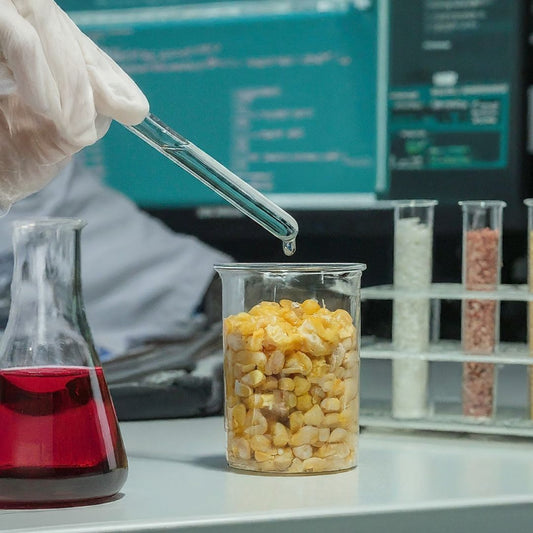🛰️ Roman Space Telescope Gains Importance in Planetary Defense
Share
How NASA’s upcoming telescope is preparing to protect Earth from cosmic threats
The Nancy Grace Roman Space Telescope, NASA’s next-generation observatory, is rapidly gaining attention not just for its deep-space imaging capabilities but also for its potential role in planetary defense — the effort to detect and track near-Earth objects (NEOs) that could pose a risk to our planet.
🌌 A New Eye on the Cosmos
Scheduled for launch in 2026, the Roman Space Telescope will orbit around the Sun–Earth L2 Lagrange point, about 1.5 million kilometers from Earth. It’s designed to study dark energy, exoplanets, and the evolution of the universe — but its high-resolution infrared vision makes it equally useful for spotting and characterizing asteroids and comets.
Unlike optical telescopes, Roman’s Wide Field Instrument (WFI) can see objects that reflect little sunlight — especially those with dark, carbon-rich surfaces that traditional visible-light telescopes struggle to detect.
☄️ Strengthening Planetary Defense
Recent studies published on arXiv have highlighted Roman’s capability to identify and track Near-Earth Objects (NEOs). By scanning large portions of the sky in infrared, Roman can detect asteroids hidden by the Sun’s glare or traveling on orbits that are difficult to observe from Earth.
Once operational, the telescope could:
Spot faint NEOs at greater distances than ground-based systems.
Measure their thermal emission to estimate size and composition.
Refine orbit trajectories to better predict potential Earth encounters.
This makes Roman a valuable complement to NASA’s existing network, including the NEOWISE mission and the upcoming Near-Earth Object Surveyor (NEO Surveyor).
🌍 A Global Safety Net
Planetary defense is becoming an international priority. Missions like NASA’s DART, which demonstrated asteroid redirection in 2022, and ESA’s Hera, which will follow up on DART’s target system, show growing collaboration in protecting Earth from cosmic impacts.
Roman adds a space-based detection advantage, ensuring that smaller, darker asteroids — the kind that caused the Chelyabinsk event in 2013 — are not missed. Its continuous sky monitoring will fill critical observation gaps and enhance early-warning systems.
🔭 Beyond Defense: The Telescope’s Broader Vision
While planetary defense is a major plus, the Roman Space Telescope’s primary science goals remain transformative. It aims to:
Unravel the mystery of dark energy driving the universe’s accelerated expansion.
Discover thousands of new exoplanets through microlensing surveys.
Map the large-scale structure of the cosmos in unprecedented detail.
This combination of cosmic exploration and planetary protection marks a new era of multi-purpose space telescopes — where understanding the universe also helps safeguard our home planet.





